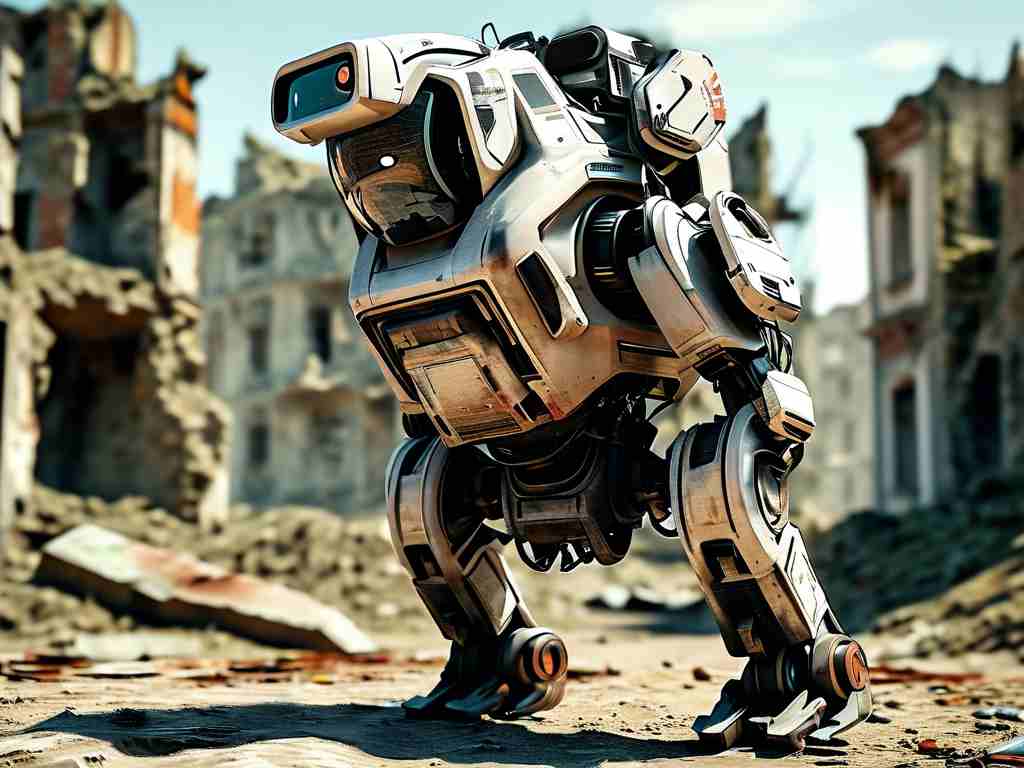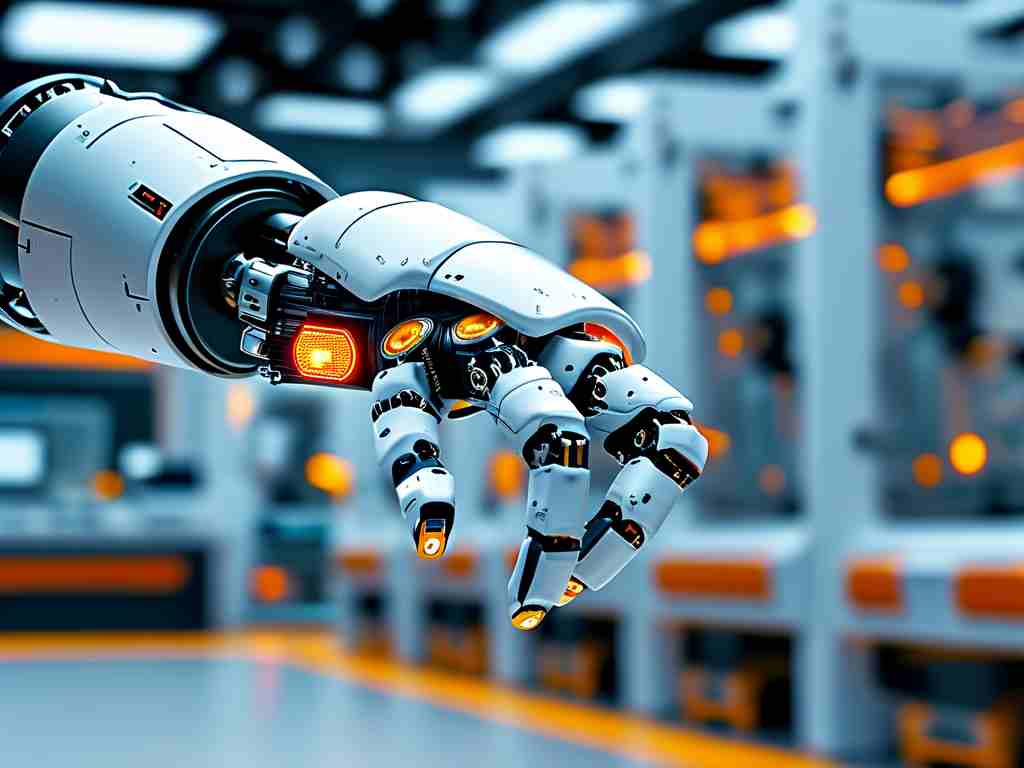Robotic bomb disposal technology has revolutionized how hazardous explosives are handled, saving countless lives by minimizing human exposure to danger. This innovation involves deploying specialized remote-controlled machines to identify, disarm, or detonate suspicious devices in high-risk scenarios like conflict zones or urban settings. Initially emerging in the 1970s with basic models, these robots have evolved dramatically, incorporating advanced sensors and AI-driven systems for greater precision and safety. For instance, modern units use thermal imaging cameras to detect hidden threats and hydraulic manipulators to handle delicate components without triggering blasts. Such applications extend beyond military operations to civilian law enforcement, where police forces rely on them during bomb threats or terrorist incidents, ensuring rapid response without endangering officers.

The core mechanics of robotic bomb disposal involve modular designs that allow for tool customization based on mission demands. A typical robot might feature a chassis with all-terrain tracks for navigating debris, coupled with wireless communication systems that transmit real-time video feeds to operators stationed at safe distances. This setup enables experts to analyze situations remotely and execute precise maneuvers, such as cutting wires or applying disruptors to neutralize explosives. One key advantage is the drastic reduction in casualties; statistics show that since widespread adoption, incidents involving human bomb technicians have plummeted by over 80% globally. Additionally, these robots enhance efficiency, as they can operate continuously in hostile environments without fatigue, leading to faster resolutions in critical emergencies like hostage situations or natural disasters where time is of the essence.
Despite these benefits, challenges persist in the field, including high costs for development and maintenance, which limit accessibility for smaller agencies. Technical limitations such as signal interference in dense urban areas can also compromise reliability, requiring constant innovation in shielding and autonomous navigation. Looking ahead, future trends point toward greater integration of artificial intelligence for predictive threat analysis and fully autonomous operations, potentially reducing operator dependence and improving decision-making speed. As research progresses, collaborations between tech firms and defense organizations aim to refine these systems further, promising a safer world where robotic interventions become standard in bomb disposal protocols. Ultimately, this technology not only protects lives but also underscores the vital role of robotics in modern security, paving the way for broader applications in disaster response and beyond.









